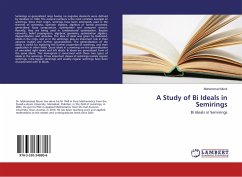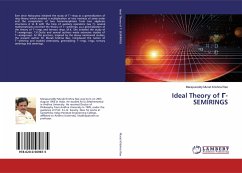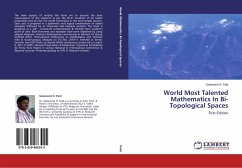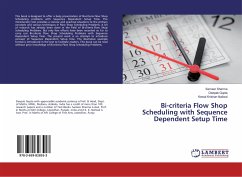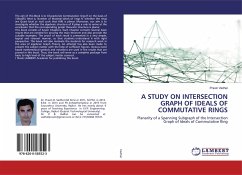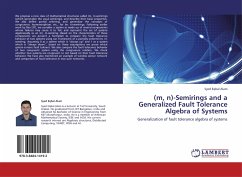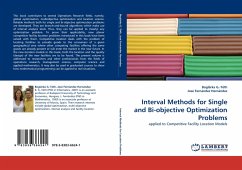Semirings as generalized rings having no negative elements were defined by Vandiver in 1934. The natural numbers is the most common example of semirings. Since their origin, semrings have been extensively used in the theories of automata, operator algebra, algebras of formal processes, generalized fuzzy computation, optimization and computer science. Recently, they are being used in combinatorial optimization, Baysian networks, belief propagation, algebraic geometry, optimization algebra, dequantization and amoebas. The idea of ideal was given by Dedekind. Ideals in the rings, and so in the semirings, play an important role in their advance studies and further generalization. The generalization of the ideals is useful for exploring the further properties of semirings, and their application in other fields. Quasi ideals in a semiring are the generalization of one-sided right ideals and left ideals. Bi ideals are generalized form of the quasi ideals. This monogram is concerned withthese two types of ideals in the semirings. Three important classes of semirings namely regular semirings, intra-regular semirings and weakly regular semirings have been characterized with bi ideals.

